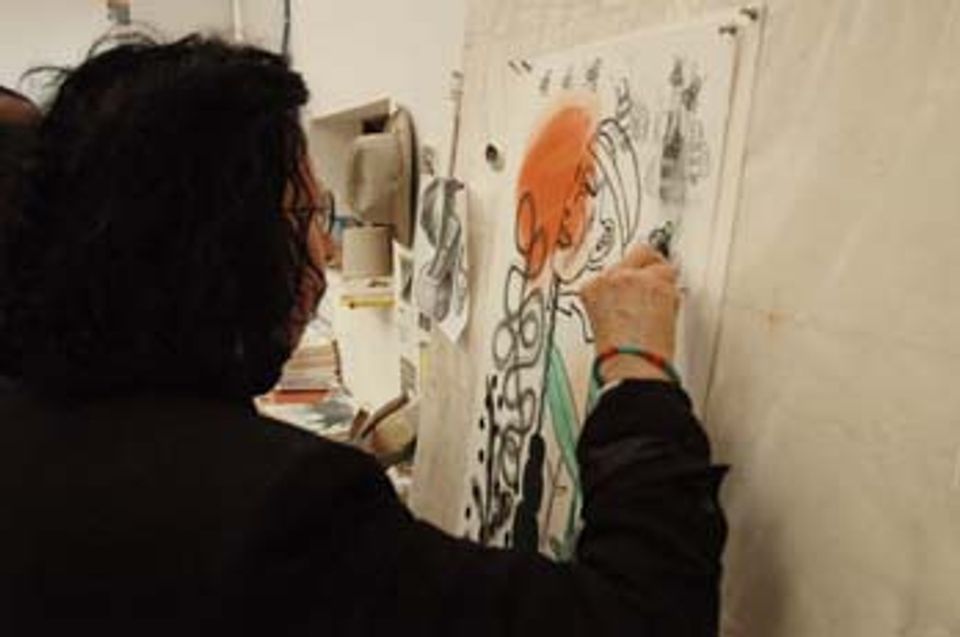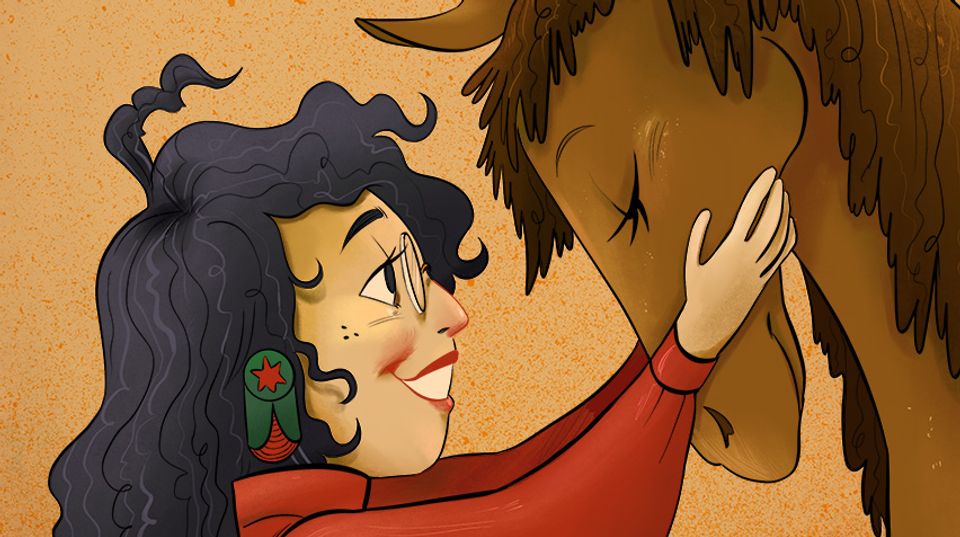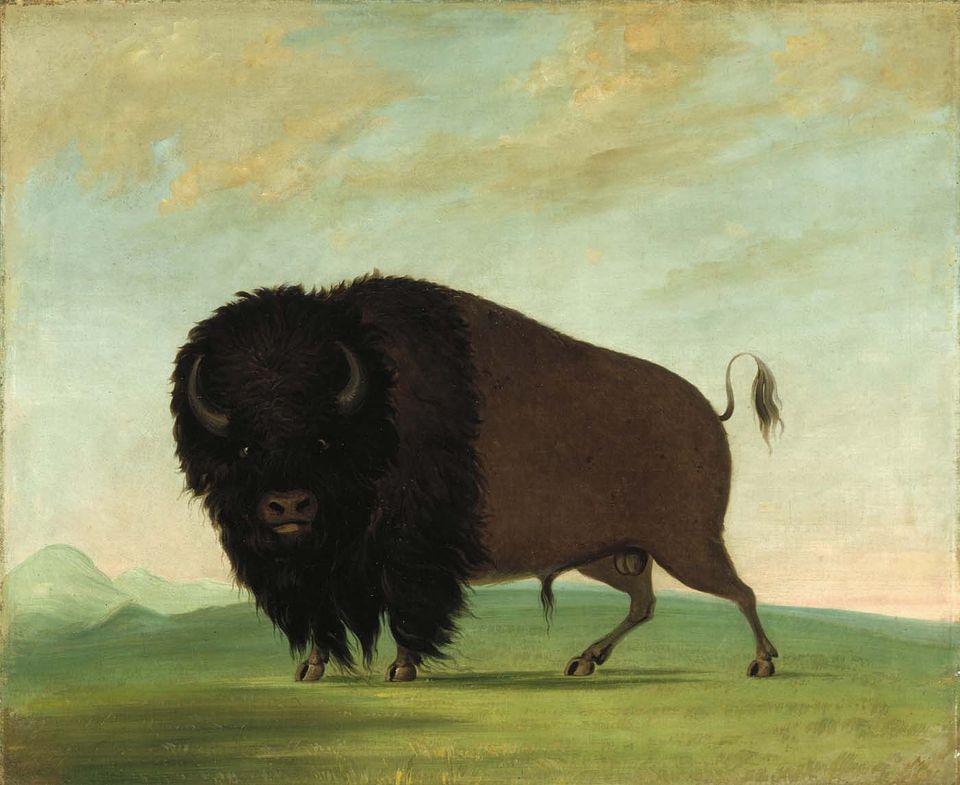Jaune Quick-To-See Smith

- Also known as
- Jaune Quick-To-See-Smith
- Born
- St. Ignatius, Flathead Reservation, Montana, United States
- Died
- Corrales, New Mexico, United States
- Active in
- Corrales, New Mexico, United States
- Biography
A Native American of French-Cree, Shoshone, and Salish blood, New Mexican artist Jaune Quick-to-See Smith creates paintings and drawings that reflect her upbringing in a household where art and horses were equally important. In the initial stages of her career, Smith's painted landscapes inevitably contained a "portrait" of her horse Cheyenne shown with tepees, tools, pottery, and other Indian artifacts. Eventually Smith began to incorporate collage elements into her paintings, adding bits of calico and muslin fabric and wire mesh over which she lavished paint. The result was surfaces that acquired a texture and topography reminiscent of the landscapes she was depicting. Smith is part of the new generation of Native American artists who are helping to redefine their culture's relationship to contemporary American life and its problematic past. She lives and works in Albuquerque, in close proximity to the land that inspires much of her art.
National Museum of American Art (CD-ROM) (New York and Washington D.C.: MacMillan Digital in cooperation with the National Museum of American Art, 1996)
- Luce Artist Biography
Jaune Quick-To-See Smith grew up on the Flathead Reservation in Montana and traveled around the Pacific Northwest and California with her father, who was a horse trader. Smith decided she wanted to be an artist after watching a film on the French painter Henri de Toulouse-Lautrec. She painted a goatee on her face with axle grease and borrowed a neighbor’s beret so she could be photographed posing as the famous artist. In 1958, Smith enrolled at Olympic College in Bremerton, Washington. She had to take many breaks from college in order to earn money, however, and didn’t earn her degree until 1976. She moved to Albuquerque, where she studied at the University of New Mexico and founded the Grey Canyon group of contemporary Native American artists. (Postmodern Messenger, Exhibition Catalogue, 2004)
Videos
Exhibitions
Related Posts


















